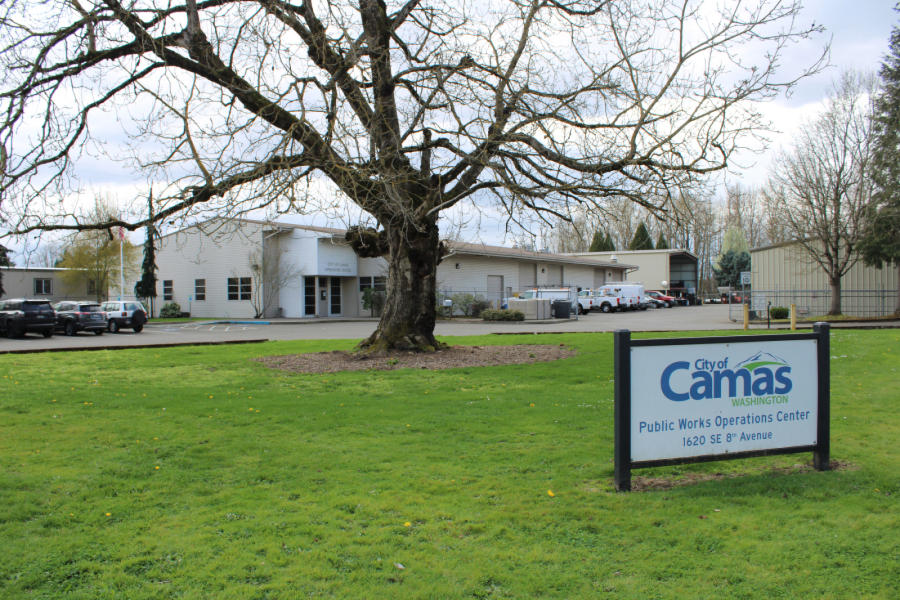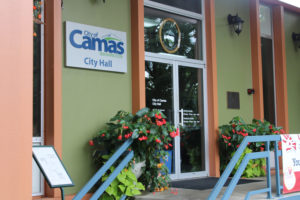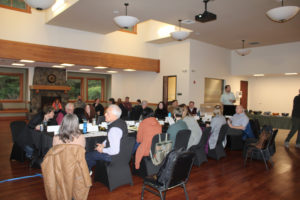Camas utility customers will soon pay more for their city utilities.
On Monday, Dec. 4, the Camas City Council voted to adopt utility rate increases for a five-year period beginning in 2024.
The average Camas utility ratepayer will notice a 5% increase in their monthly utility rate charges in 2024, Camas Public Works Director Steve Wall said Monday.
Wall, along with FCS Group consultant Sergey Tarasov, presented four utility rate analysis to the Camas City Council during the Council’s Sept. 5 and Sept. 18 workshops, and returned to a workshop held Oct. 16, to discuss the possibility of implementing a tiered system for the city’s water rates that could help promote water conservation.
“The costs of services in all areas of the City continues to rise, including utility services,” Wall told the Council in September.
On Monday, following no Council discussion or public comments, Camas City Council members voted unanimously to approve the rate increases to the City’s sewer and garbage-recycling rates and voted 6-1 — with Councilwoman Leslie Lewallen casting the only “no” votes — to approve the City’s water and stormwater rate increases for 2024-28.



